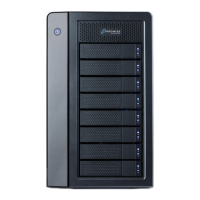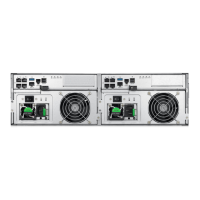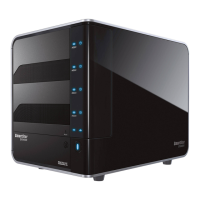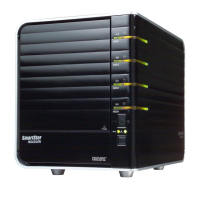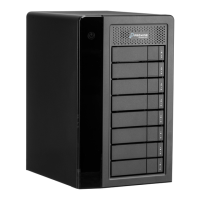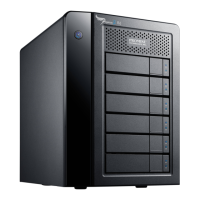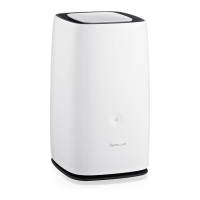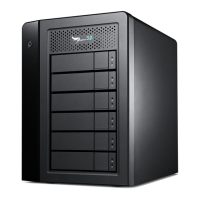Chapter 4: Management with WebPAM PROe
139
Managing Disk Arrays
Disk Array Management includes the following functions:
• Viewing a List of Disk Arrays (page 139)
• Creating a Disk Array (page 139)
• Deleting a Disk Array (page 144)
• Viewing Disk Array Information (page 144)
• Making Disk Array Settings (page 145)
• Creating a Logical Drive (page 145)
• Deleting a Logical Drive (page 147)
• Migrating a Disk Array (page 147)
• Rebuilding a Disk Array (page 148)
• Running PDM on a Disk Array (page 150)
• Transitioning a Disk Array (page 150)
• Preparing a Disk Array for Transport (page 151)
Viewing a List of Disk Arrays
To view a list of disk arrays in this enclosure plus any expanded or cascaded
enclosures:
1. Click the Subsystem icon in Tree View.
2. Click the Disk Arrays icon.
A list of disk arrays appears in Management View.
Click the DA link to view a specific disk array. See “Viewing Disk Array
Information” on page 144.
Creating a Disk Array
The CLU provides three methods of creating a disk array:
• Automatic – Creates a new disk array following a default set of parameters.
Makes one logical drive automatically. Also makes a hot spare drive for all
RAID levels except RAID 0, if at least four unconfigured physical drives are
available. See “Creating a Disk Array – Automatic” on page 140.
• Express – You choose the parameters for a new disk array by specifying the
characteristics you want. You can create multiple logical drives at the same
time, however they will all be identical. You can choose to make a hot spare
drive for all RAID levels except RAID 0, if at least four unconfigured physical
drives are available. See “Creating a Disk Array – Express” on page 140.
• Advanced – You directly specify all parameters for a new disk array. Makes
one logical drive automatically. You can create additional logical drives at a
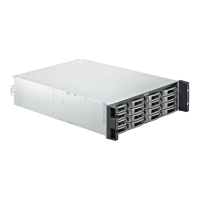
